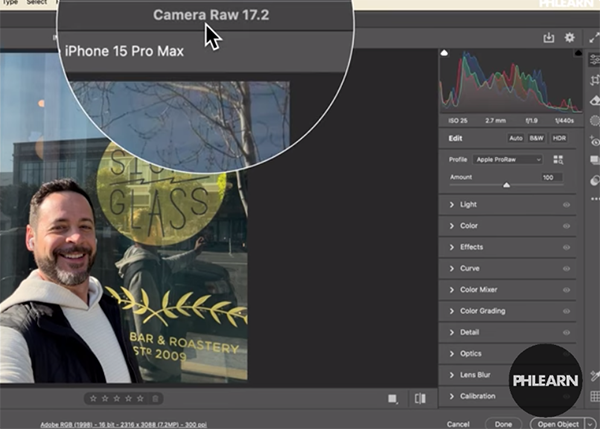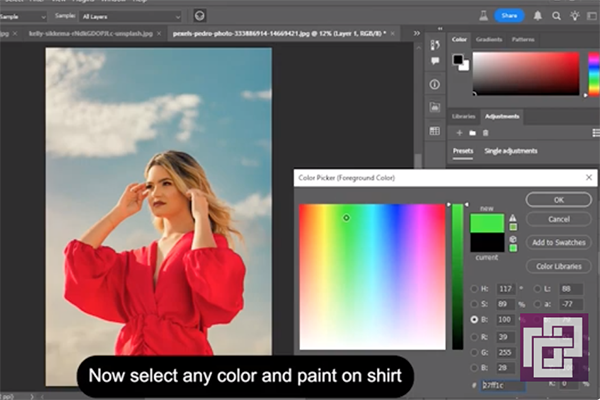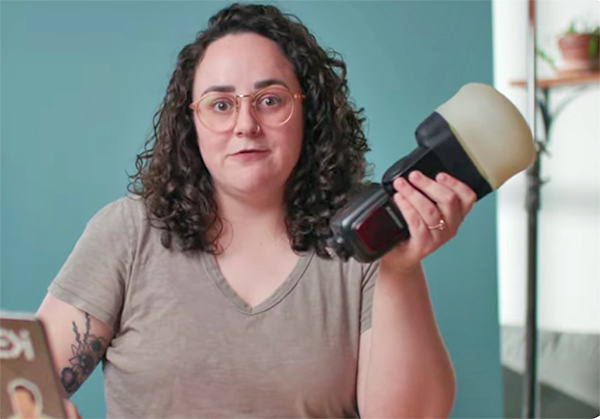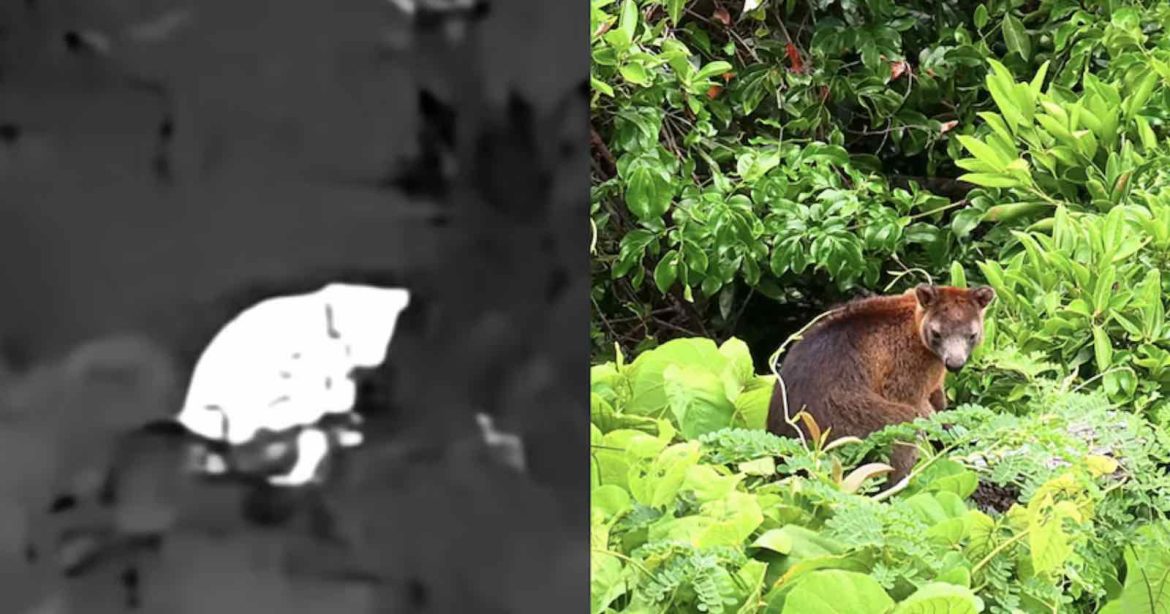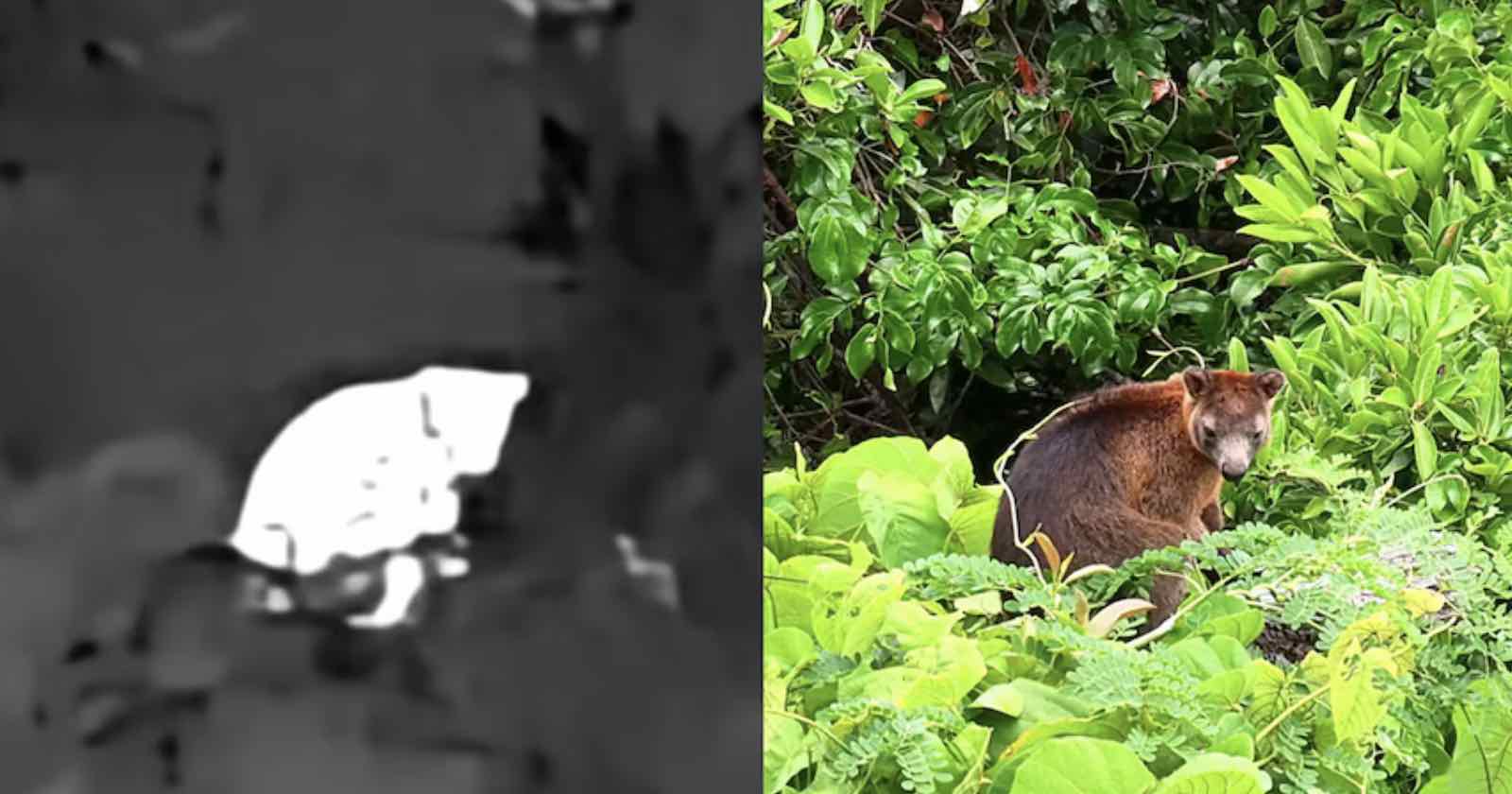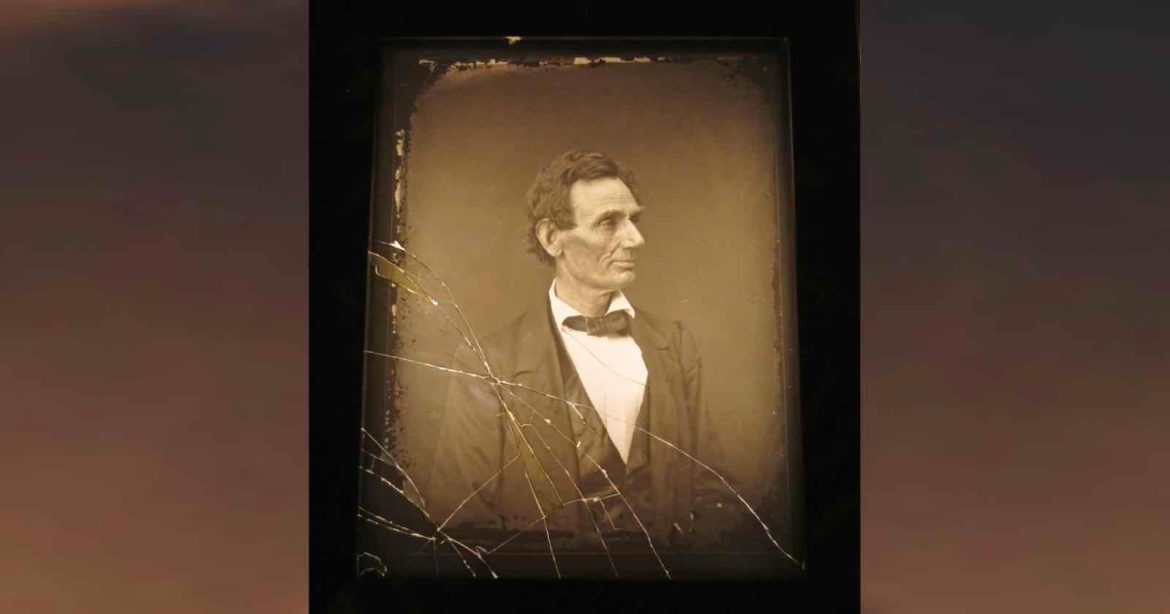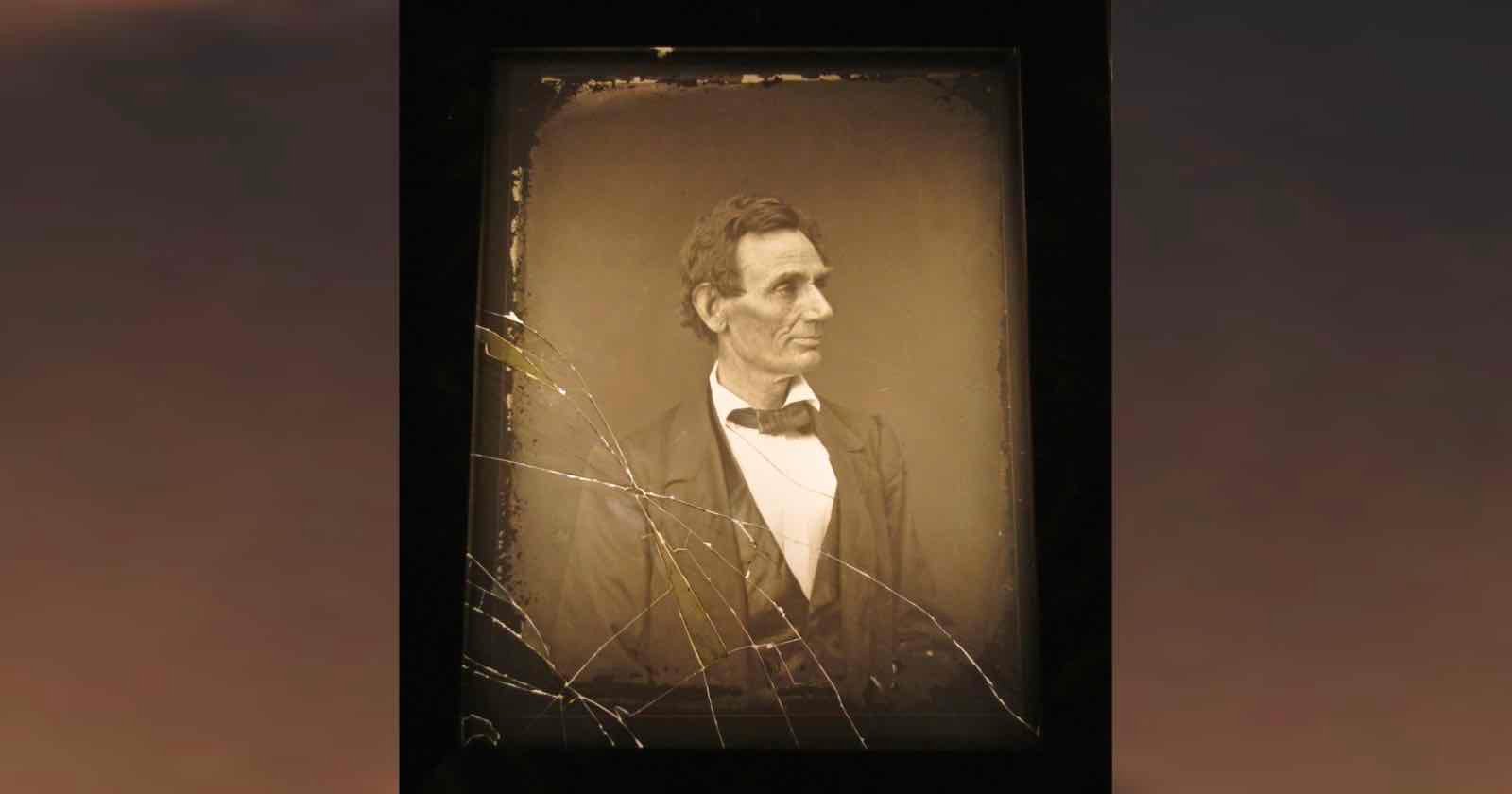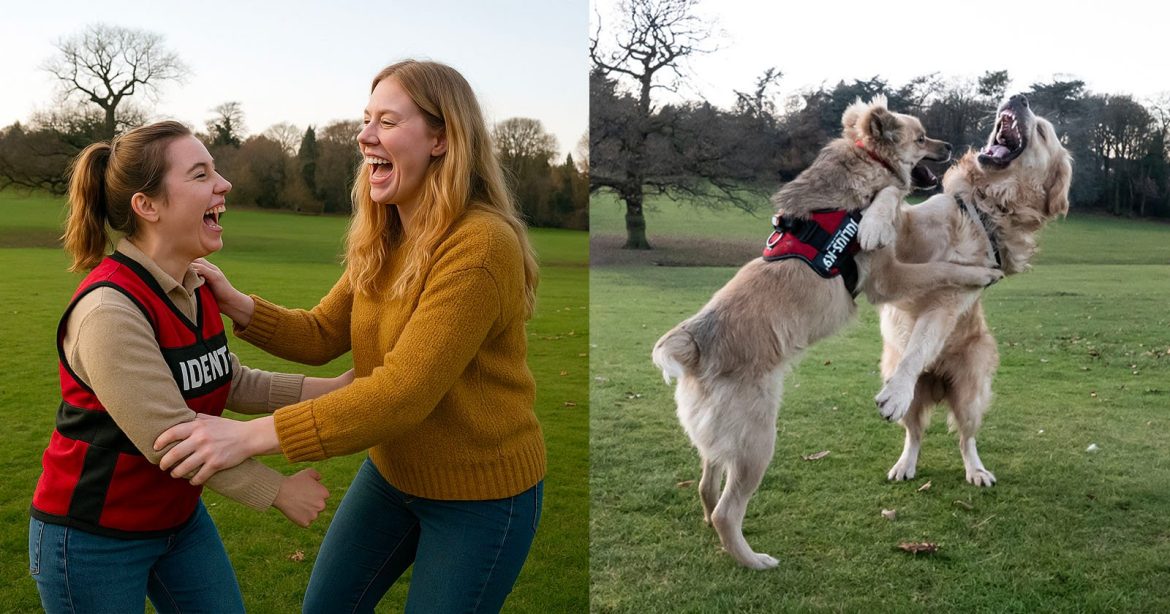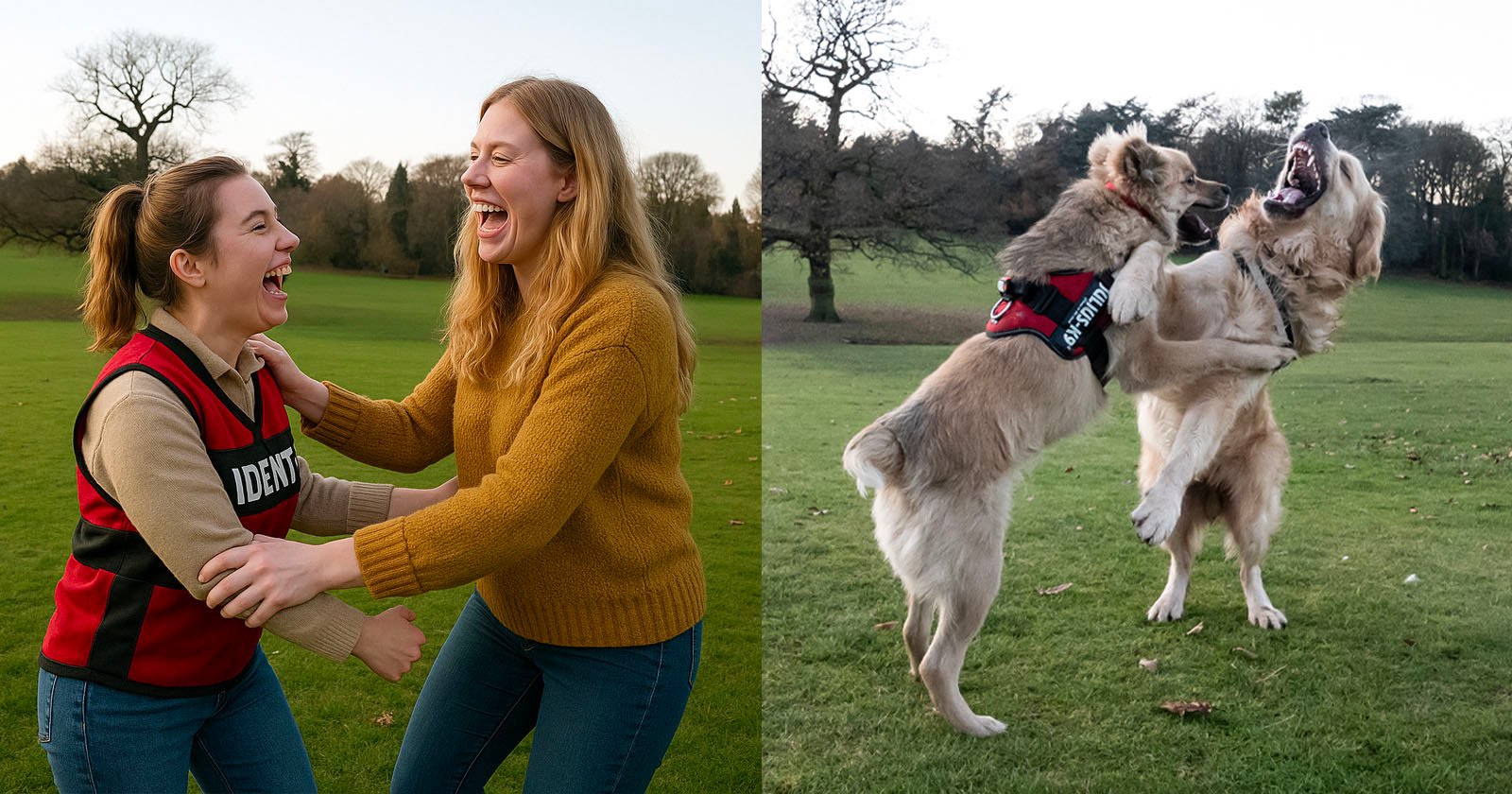The task of removing image-killing reflections, like in photos shot with a window within the frame, used to be a somewhat arduous chore. But fortunately those complications are now a thing of the past thanks to the powerful new AI-powered Remove Reflections tool in Adobe Camera Raw (ACR).
This timesaving explainer comes to us from the folks at PHLEARN, a popular YouTube channel that founder Aaron Nace describes as “the number one Photoshop and Lightroom online resource.” Be sure to download his demonstration image with a link in the description beneath the video so you can follow along as Nace demonstrates the easy-and-effective procedure.
Nace begins with a casual portrait of himself on the street in San Francisco. Unfortunately there’s greenery and other elements behind the camera position that are reflected in the store window that serves as a backdrop for the image. As the lesson unfolds you will quicky contemplate other applications for this tool beyond reflections on glass—like those involving ponds and lakes, puddles, and other reflective surfaces.

In less than four minutes you’ll learn “how to activate ACR’s Technology Preview and utilize the intuitive Reflection slider to reveal a clear view behind the window.” He provides other examples and illustrative photos to make your understanding of this exciting new tool as clear as glass.
Nace says he’s particularly excited about this tool because it actually provides you with choices. For example, “You can choose to just see a reflection and nothing else or reveal the contents inside of the window. It’s amazing and available right now.”
It important to note that this technique only works with Raw files, i.e. Jpegs are not supported at this time. Nace opens a DNG image in ACR, then navigates to Technology Previews where you can check a box to enable the New AI Features and Settings Panel. This includes options like Generative Expand, Reflection Removal, and Denoise.

Another heads up is that once you’ve checked the aforementioned box, it’s necessary quit and relaunch Photoshop for yourr selection to take effect. As for practical tips on using the Remove Reflections tool itself, we’ll step aside and let you watch Nace demonstrate how quickly it works.
The PHLEARN YouTube channel has over two-million fans, and you might want to take a look at what’s available and subscribe.
We also recommend watching a tutorial we featured with another post-processing expert who demonstrates how to embellish nighttime cityscape photographs in Lightroom Classic with pro tips from the streets of Paris.
